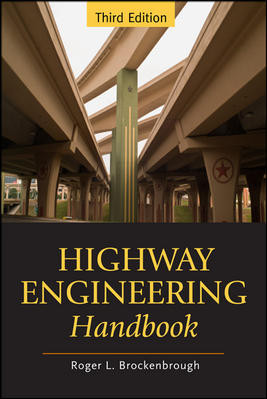Railroads
US DOT Awards $368M in Rail Infrastructure Grants
Funds go to upgrade track, bridges, stations and grade crossings.

Photo Courtesy Maryland Port Administration
The U.S. Dept. of Transportation has awarded $368 million in grants from coast to coast for a wide range of freight and passenger rail improvements—most of which are for infrastructure projects, including track work, bridges, stations and eliminating grade crossings.
DOT’s Federal Railroad Administration announced on June 2 that it had selected 46 projects in 32 states to receive Consolidated Rail Infrastructure and Safety Improvement (CRISI) grants.
[ View full list of grant-winning projects here.]
CRISI was created in the 2015 Fixing America’s Surface Transportation Act, and the new round of grant pre-dates the Infrastructure Investment and Jobs Act.
But that landmark $1.2-trillion statute does contains a sharp increase for future years of the rail grant program, authorizing $1 billion annually for five years. That is more than triple the program’s 2021 authorization of $330 million.
In the new round of grants, the largest award is a maximum of $57.9 million to the North Carolina DOT for a plan to start new intercity passenger rail service in the Raleigh, N.C., to Richmond, Va., corridor.
The funds will help pay for surveys and preliminary engineering for improvements along the corridor as well as for construction of a grade-separation project in Wake Forest, N.C. The envisioned new service would run on a state-owned route.
The second-largest grant is $25 million to the Alameda County Transportation Commission in California. Funds will go toward safety-related improvements on Union Pacific track in the county. The focus will be 28 at-grade crossings and two sites where trespassing occurs. Alameda County will contribute a 63% share of the project’s overall cost, according to FRA.
Among other grants, FRA has awarded $21.3 million for rehabilitating track and other assets of the Great Lakes Central Railroad, near Ann Arbor, Mich. The project includes installing 4.25 miles of rail and other track improvements on 41.25 miles of mainline track, as well as replacing or upgrading bridges and culverts and installing about 30,000 ties.
Also on the list is $15.7 million to the Maryland Port Administration for a project to add four new tracks and two crane rail beams at the Port of Baltimore’s Seagirt Marine Terminal.
The FRA CRISI grant will be supplemented by $6.7 million from Ports America Chesapeake, which jointly operates the terminal with the port administration.
Port of Baltimore Executive Director William P. Doyle called the award "terrific news." Doyle said that the grant-winning project will complement a plan to expand the 127-year-old CSX Howard Street Tunnel, which is underway in the city. The plan also includes increased clearances at 21 other locations between Baltimore and Philadelphia.
When complete, the upgrades will enable double-stacked containers to move by rail to the Ohio Valley and to Chicago, the port said.
Most of the grants in the new CRISI round are for designing or building rail infrastructure projects, but the list of awardees includes some other types of rail-related plans.
They include a $4.6-million grant to the University of Delaware to help fund a new railroad engineering program at Morgan State University, a Historically Black College and University in Baltimore.
The program will be a joint effort between the two universities, FRA says, and the University of Delaware will contribute a 20% matching share.
Another winning non-physical-infrastructure proposal is $8 million to Amtrak for an apprenticeship program for mechanical craft workers. The envisioned three-year program will include training at six main Amtrak hubs: including Beech Grove, Ind., Chicago, Los Angeles, New York City, Washington, D.C., and Wilmington, Del.
As with other U.S. DOT discretionary grant programs, competition was keen for this round of CRISI funds. FRA said it received applications seeking more than $1.1 billion, more than double the amount the agency had available.






